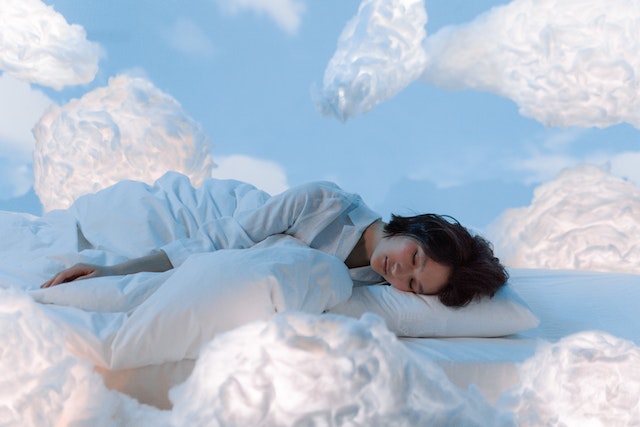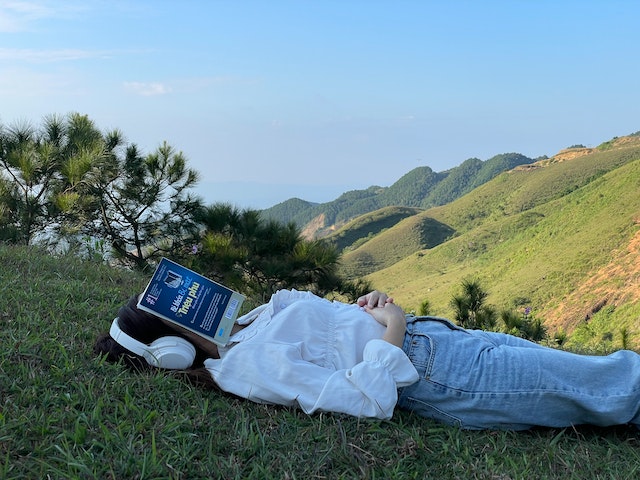 Sale Ends 11 Jul, 20-50% OFF + Free Shipping
Sale Ends 11 Jul, 20-50% OFF + Free Shipping Sale Ends 11 Jul, 20-50% OFF + Free Shipping
Sale Ends 11 Jul, 20-50% OFF + Free Shipping
ASMR, or Autonomous Sensory Meridian Response, is a unique phenomenon a person may experience when exposed to certain sounds, visual patterns, or interactions. It often results in a tingling sensation accompanied by feelings of relaxation, similar to a peaceful meditation session or a warm, soothing massage.
A growing number of people are discovering that ASMR can naturally assist them in falling asleep faster and more peacefully. The pacifying effects and mind-soothing properties lead to an enhanced state of tranquility, which is ideal for quality rest and rejuvenation.
To truly grasp the concept of ASMR, it’s crucial to delve into its triggers and the brain’s reactions to them. ASMR triggers can vary widely from one person to another, but all aim to elicit a soothing response. Some common ones include quiet whispers, soft sounds like paper rustling, and careful hand movements. Others might include watching someone perform a task methodically or receiving personal attention, such as a hairdresser styling your hair.
When these stimuli occur, the brain reacts in a specific manner. The sensory input causes a flurry of activity, starting with areas associated with vision and sound. Further, the mild stimuli promote calmness and a state of peace. This brain response differs from our normal reactions to stimuli, making ASMR a unique phenomenon.
Scientists have started to explore the potential sleep benefits of ASMR, and their results are encouraging. One significant study shows a strong tie between ASMR and superior sleep. The participants, who experienced ASMR sensations, reported a considerable improvement in their slumber quality, strengthening the argument that it can produce a beneficial, calming effect conducive to a peaceful night’s rest.
Delving deeper into why ASMR can assist with good sleep requires understanding the concept of relaxation. ASMR triggers often mimic gentle stimuli associated with care and comfort. These soothing elements can help reduce tension and anxiety levels. The less stress we experience, the easier it is for us to fall into a peaceful slumber.

For those new to ASMR for sleep, figuring out what works for you is essential. Each person’s reactions to ASMR sensations can differ. Start by exploring a variety of stimuli.
Incorporating ASMR into a consistent sleep regime can enhance its effect. Find a tranquil spot where you will not be disturbed and play an ASMR video or audio of your choice. Ensure the brightness of your device is dim and the volume is at a level suitable for inducing sleep. Listen and relax until you notice yourself drifting off to sleep.
Remember, the goal of ASMR is to make you feel at ease and foster restful sleep. Try a variety of stimuli, artists, and incorporation techniques until you find what helps you the most.
A common misconception about ASMR is that it is a sleep disorder. Some mistake the tingling sensation for a medical problem, but research indicates it’s a response to specific stimuli, not a sign of any disease.
ASMR is not meant to be a substitute for professional treatment or advice. Its intention is to induce relaxation, not cure diseases or solve severe mental health concerns.
Various myths are also linked to ASMR, like the idea that it’s connected to paranormal activities or hypnosis. Such beliefs stem from a lack of understanding and a misinterpretation of what it truly entails. It does not involve any mind manipulation or link to supernatural phenomena; it is solely a relaxing technique.
In conclusion, while ASMR for sleep may seem an unusual approach to attaining restful slumber, the potential benefits are worth considering. Each individual’s sensory response is different, providing an array of tones and visuals to explore. It’s fascinating how something as simple as a whisper or tap could transform your bedtime routine.
ASMR triggers stimulate a tingling sensation in the scalp and neck area. This sensation promotes a sense of calm and aids in falling asleep.
You can find ASMR videos on platforms like YouTube. These videos are specifically designed to help you sleep better.
No, this technique should not be used as a replacement for medical advice. If you are experiencing chronic sleep issues, it’s important to consult with a healthcare professional.
ASMR is generally suitable for most people. However, if you are sensitive to certain noises, you may want to explore different types of such videos to find the ones that work best for you.
It’s important to create a safe and comfortable environment before using ASMR. Make sure you are in a relaxed setting, free from distractions, and set an appropriate volume level for your own comfort.
Authored by Dr. Olivia Howard, a dedicated sleep specialist and medical practitioner, she uses our platform to offer insights and simplify complex health topics for readers.